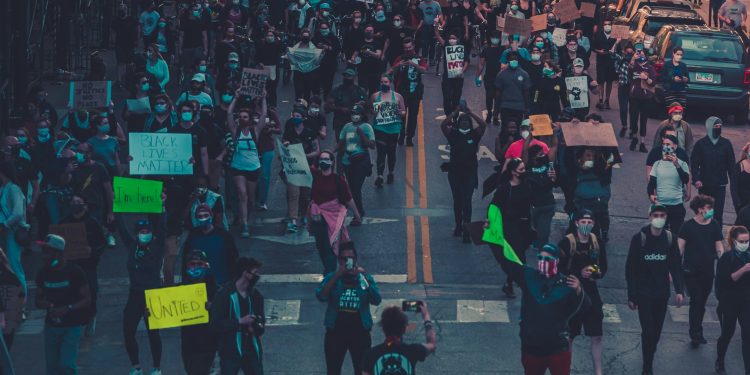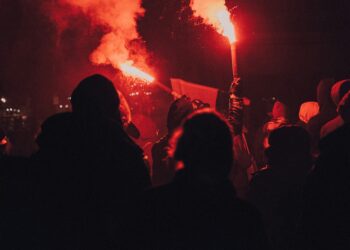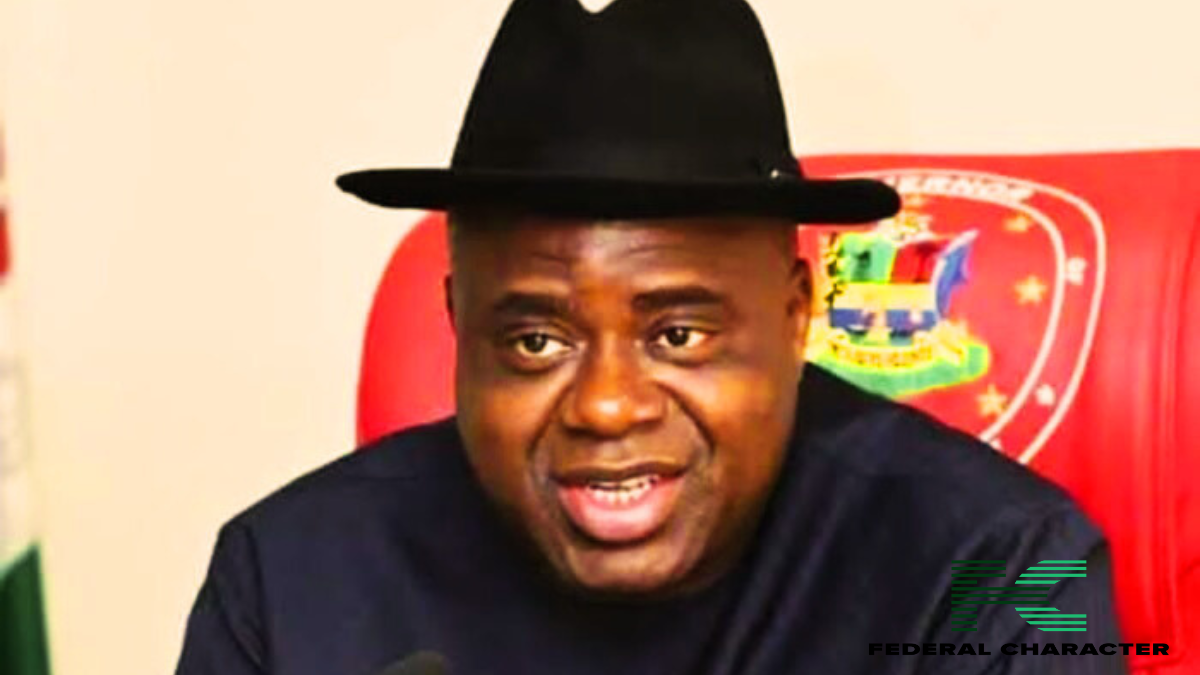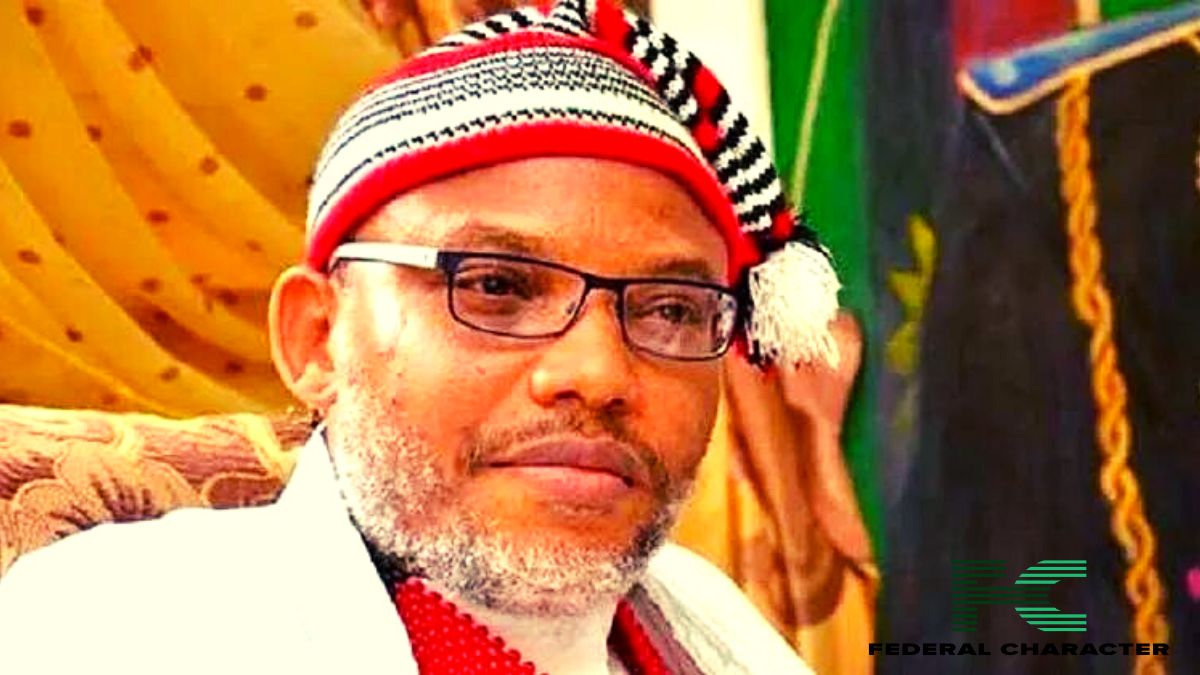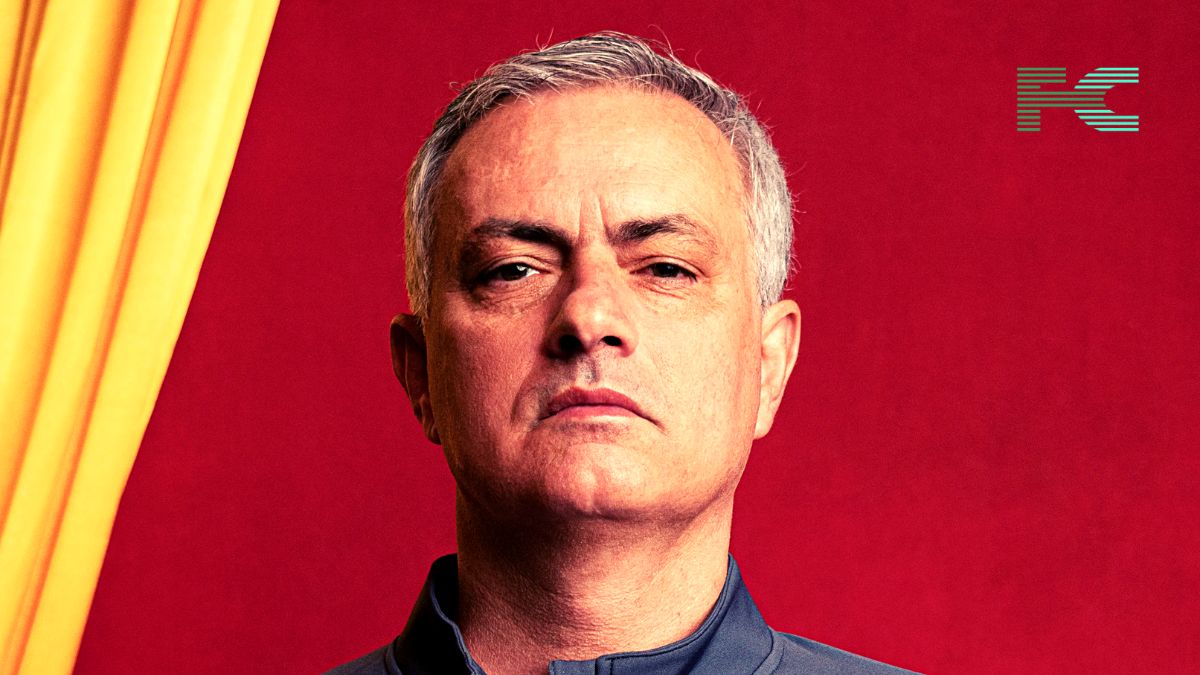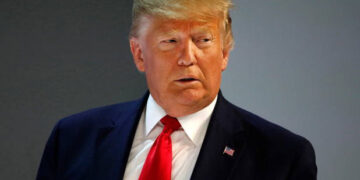Serbian police used tear gas and armored vehicles to disperse thousands of anti-government protesters in Belgrade on Friday night, marking a dangerous escalation in months-long demonstrations. The clashes erupted near the historic Army Headquarters building—a site bombed by NATO in 1999—as demonstrators hurled flares and firecrackers at riot police, who responded with volleys of tear gas canisters.
The violence spread to other major cities including Novi Sad, Niš, and Kragujevac, with reports of injuries on both sides though no official casualty figures have been released. What initially began as peaceful rallies following the Novi Sad railway station collapse that killed 16 people has transformed into Serbia’s most sustained political crisis in years.
The protests—now in their ninth month—turned violent Wednesday when 27 police officers and 80 civilians were injured, prompting President Aleksandar Vučić to deploy 3,000 officers nationwide. “Our police are being attacked nightly,” Vučić claimed on state television, even as human rights groups documented excessive force against demonstrators.
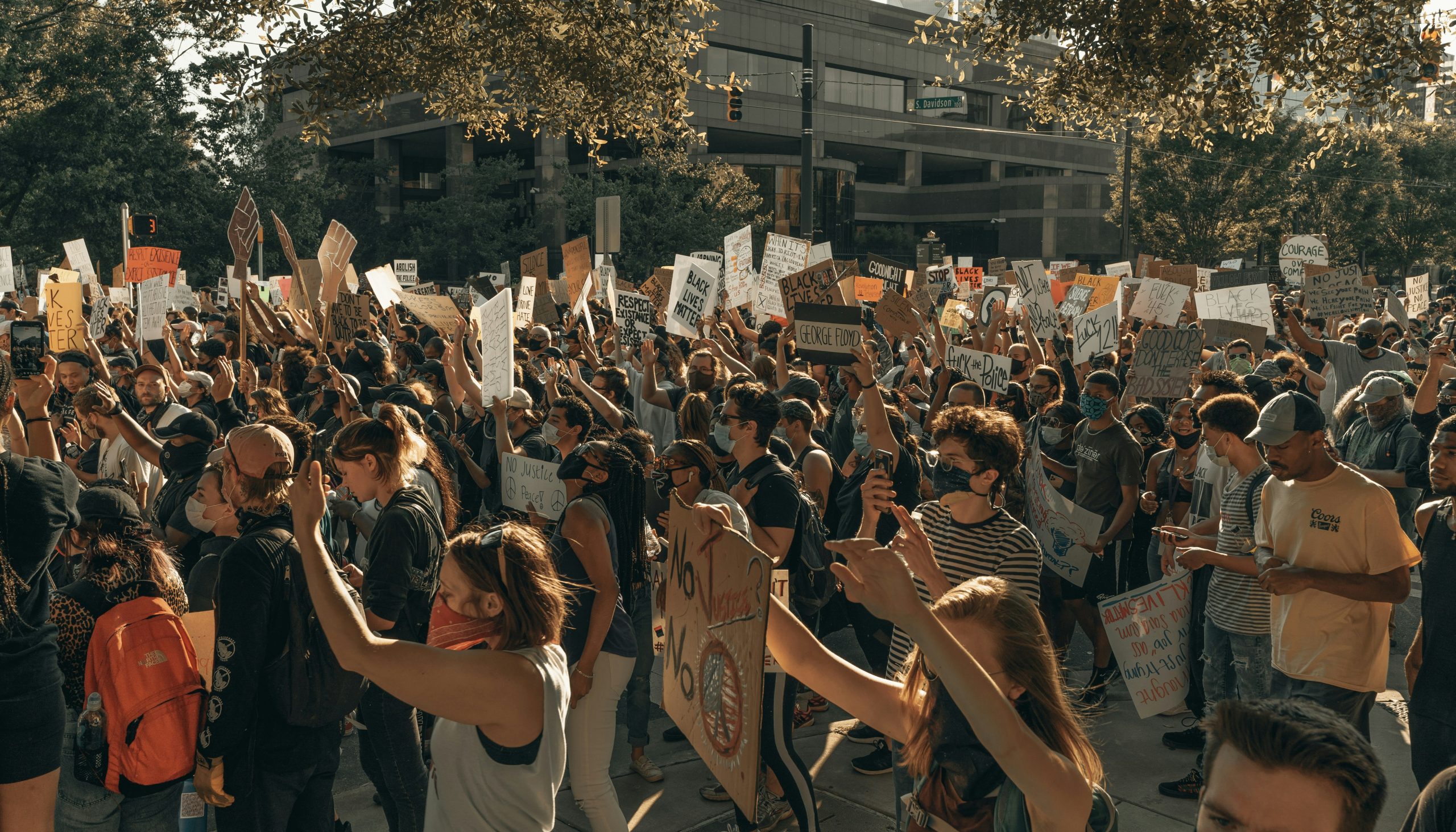
Corruption and Tragedy Fuel Public Anger
Protesters directly link the Novi Sad disaster to systemic corruption under Vučić’s Serbian Progressive Party (SNS), demanding early elections to end what they call “mafia rule.” Opposition groups and students accuse the government of suppressing media freedom, enabling organized crime, and using violence against political opponents—charges the administration vehemently denies. The movement has gained international attention, with Council of Europe Human Rights Commissioner Michael O’Flaherty condemning “disproportionate force” against demonstrators in Valjevo on Thursday.
In Belgrade, protesters overturned trash containers and set them ablaze near the Finance Ministry, with one tree catching fire amid the chaos. Riot police used water cannons and stun grenades to clear crowds from the parliament building vicinity.
Similar clashes erupted in Niš, where tear gas drifted into residential areas, forcing families to seal windows. Social media footage showed medics treating protesters for respiratory distress while police detained dozens overnight—reports indicate at least 47 arrests since Wednesday.
The European Parliament has expressed “grave concern” over Serbia’s deteriorating human rights situation, citing attacks on journalists and opposition figures.
O’Flaherty’s statement touched on Thursday’s police violence in Valjevo, urging authorities to “end arbitrary arrests and de-escalate.” The protests test Serbia’s EU accession prospects as Brussels monitors whether Vučić’s government will uphold democratic standards during the crisis.
What Happens Now for Serbia’s Protest Movement?
With both sides digging in—protesters vowing nightly demonstrations and Vučić refusing early elections—analysts warn the standoff could worsen. The president retains strong rural support and controls most media outlets, but urban centers like Belgrade and Novi Sad have become opposition strongholds. As summer temperatures rise, so do risks of further violence unless mediation efforts gain traction. For now, Serbia is gearing up for more unrest as police and protesters prepare for another volatile weekend in the capital.

